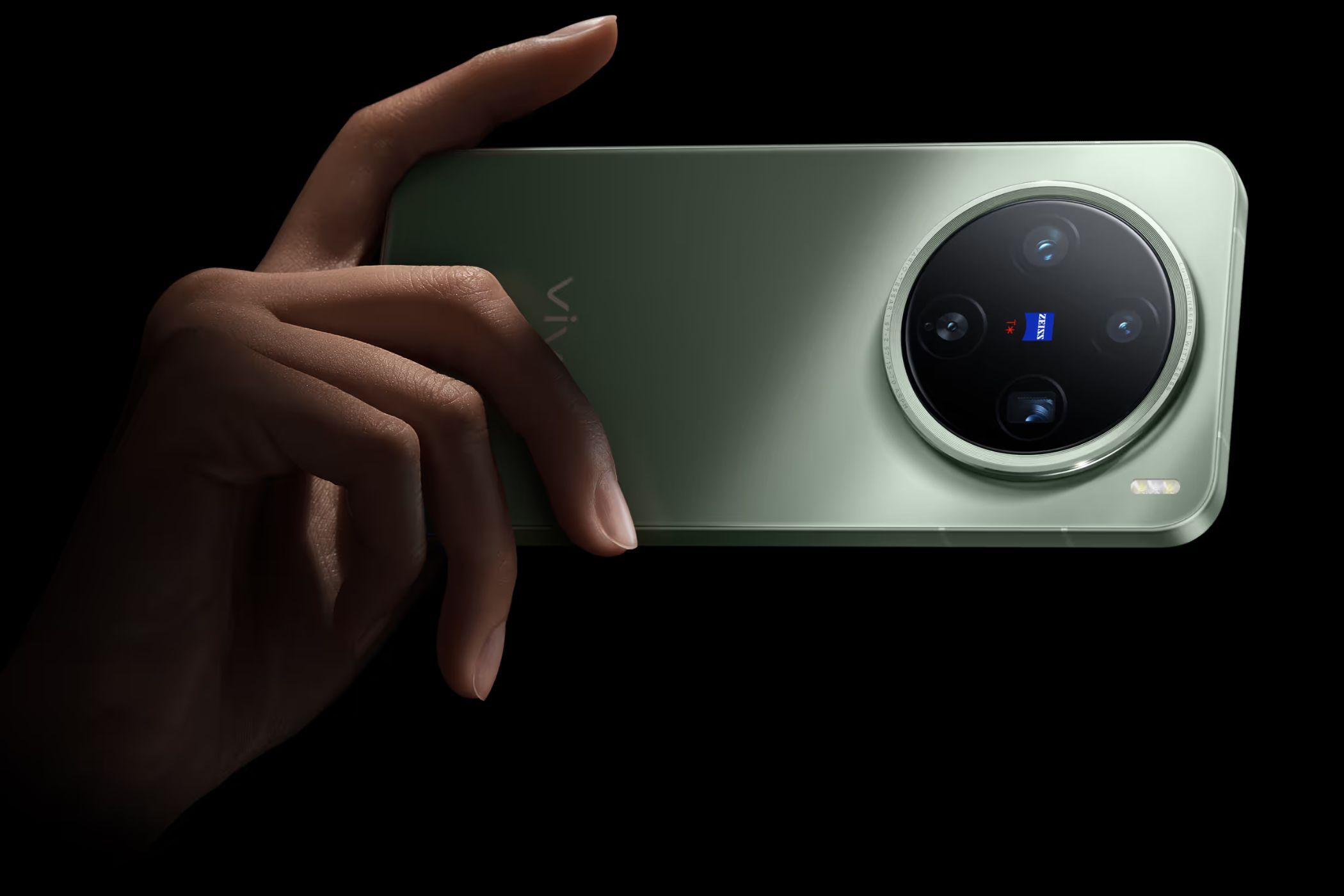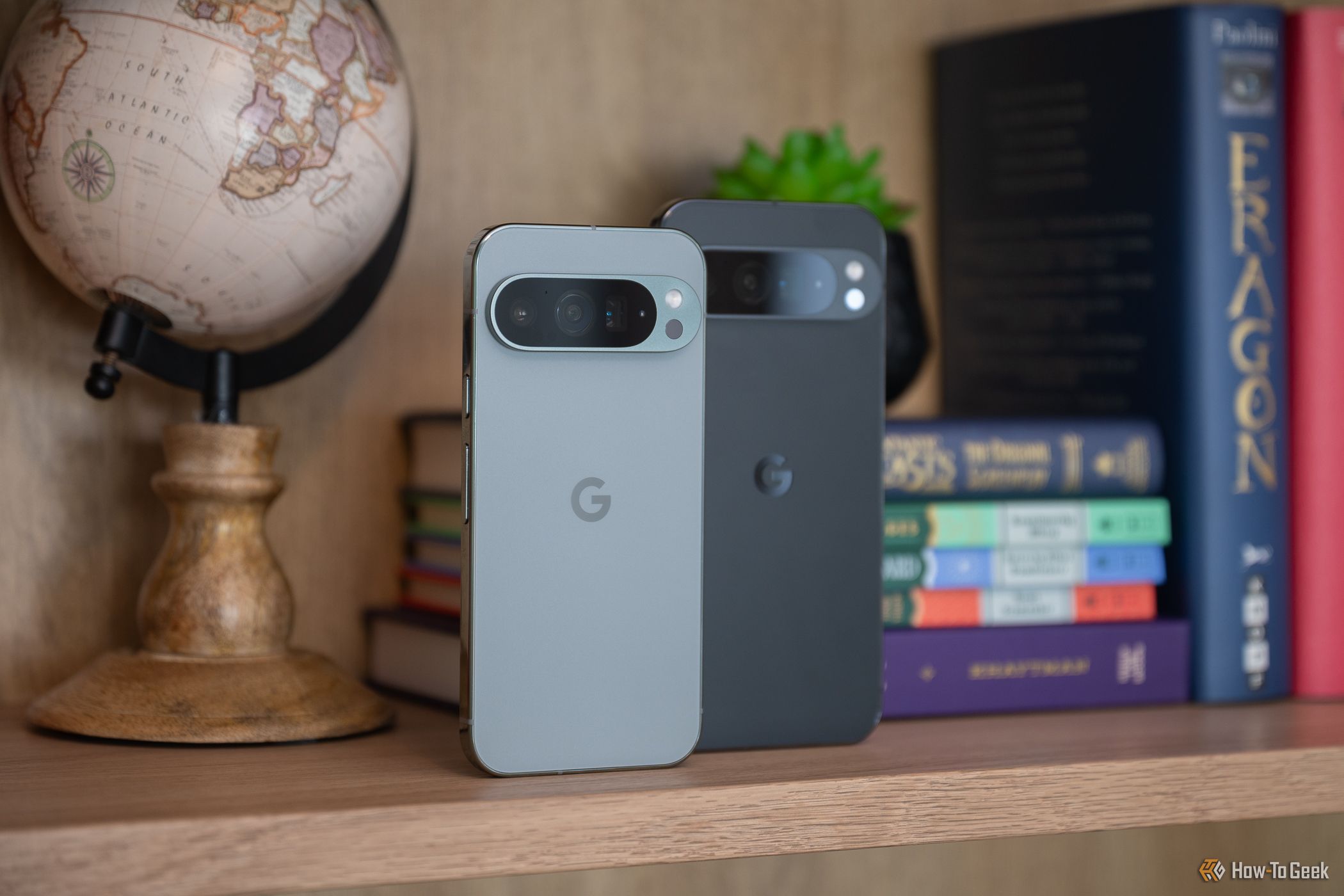Big phones dominate the flagship market, but let’s be honest—they’re not for everyone. Some of us don’t want a device that stretches our hands and pockets to their limits, and we shouldn’t have to sacrifice features to get it.
Devices like the Pixel 9 Pro, iPhone 16 Pro, and the China-exclusive Vivo X200 Pro Mini are proving that smaller phones can stand toe-to-toe with their larger counterparts without sacrificing performance, display quality, or camera excellence. With 2025 inching closer, it’s time for small phones to take their rightful place alongside their larger siblings, offering the same pro-level experience in a size that’s easy to carry.
Compact Doesn’t Mean Cutting Corners Anymore
Gone are the days when a smaller phone meant a compromised experience. Compact phones like the Pixel 9 Pro and the iPhone 16 Pro are now matching their larger siblings in almost every department. Take the Pixel 9 Pro, for example. With the same Google Tensor G4 processor, triple-lens camera setup, and a high-resolution LTPO OLED display as the XL model, the smaller Pixel doesn’t skimp on anything. Similarly, the iPhone 16 Pro packs the same A18 Pro chip and camera system as the Pro Max. These phones prove that you can have flagship power without the extra size.
Even the Vivo X200 Pro Mini, despite being exclusive to China for now, is turning heads. It features a high-end MediaTek Dimensity 9400 chip, a stunning triple-lens camera setup, and the new silicon-carbon battery tech—more on that later—all in a lightweight and portable design. Compact phones are no longer second-class citizens in the smartphone world. They’re legitimate flagships in their own right.
Portability is an Underrated Feature
Small phones excel where their bigger siblings can’t—portability. The Pixel 9 Pro, at 152.8 mm tall and 199 grams, is noticeably smaller and lighter than the Pixel 9 Pro XL, which stands at 162.8 mm and weighs 221 grams. Similarly, the iPhone 16 Pro is a sleek 149.6 mm tall and 199 grams, compared to the 163 mm and 227 grams of the Pro Max.
And then there’s the Vivo X200 Pro Mini, weighing just 187 grams and measuring 150.8 x 71.8 x 8.2 mm. It’s the definition of portability—compact, lightweight, and perfect for those who don’t want to do hand gymnastics with their phone. This makes it ideal for people who value ease of use, whether they’re navigating apps one-handed, traveling, or simply slipping their phone into a pocket without the bulk.
Display Quality is Still Top-Notch
Here’s where small phones truly shine: delivering flagship-quality displays without overwhelming size.
Take the Pixel 9 Pro. It features a 6.3-inch LTPO OLED display with 120Hz refresh rate, HDR10+, and 3000 nits peak brightness. The Pixel 9 Pro XL? It’s bigger at 6.8 inches with a slightly higher resolution of 2992 x 1344 pixels compared to the Pro’s 2856 x 1280 pixels. The difference? It is almost negligible in everyday use, and the Pixel 9 Pro actually offers a slightly higher pixel density at 495 ppi vs. the XL’s 486 ppi.
Similarly, the iPhone 16 Pro and Pro Max both feature stunning LTPO OLED displays with 120Hz refresh rates, HDR support, and 2000 nits peak brightness. The only difference is size: 6.3 inches vs. 6.9 inches.
And let’s not forget the Vivo X200 Pro Mini, with its dazzling 6.31-inch LTPO AMOLED display that boasts a staggering 4500 nits peak brightness, making it one of the brightest screens available—small or not. Whether you’re watching videos, playing games, or browsing outdoors in bright sunlight, compact phones like these deliver the same visual excellence as their larger siblings.
Battery Life Is Getting Good
Battery life has traditionally been a weak spot for small phones, but new advancements are changing the game. The Vivo X200 Pro Mini is a shining example of how innovation can revolutionize compact phone batteries, thanks to its silicon-carbon battery technology. This cutting-edge development allows the phone to house a 5700mAh battery—an impressive feat for a device with a screen size of just 6.3 inches.
So, how does silicon-carbon technology make this possible? Traditional lithium-ion batteries rely on graphite for the anode, which has a limited energy capacity. Silicon-carbon batteries replace part of the graphite with silicon, which can store significantly more lithium ions—up to ten times more. This higher energy density allows manufacturers to pack more power into a smaller physical space, making it possible for the Vivo X200 Pro Mini to fit a battery that rivals larger flagship devices.
This innovation doesn’t just increase capacity—it also improves efficiency. Silicon-carbon batteries are known for better charge retention, faster charging speeds, and slower degradation over time. Vivo capitalizes on this with 90W wired charging and 30W wireless charging, ensuring that the X200 Pro Mini can recharge quickly and keep up with demanding users throughout the day.
The result? A compact phone with battery life that competes with—and in some cases, exceeds—larger phones, such as the Samsung Galaxy S24 Ultra with its 5000mAh battery.
Pro Cameras Without Compromise
The Pixel 9 Pro features the same triple-camera system as the XL: a 50MP wide lens, a 48MP periscope telephoto with 5x optical zoom, and a 48MP ultrawide lens. Whether you’re capturing landscapes, portraits, or close-ups, the compact model delivers the same stunning results.
Similarly, the iPhone 16 Pro matches the Pro Max’s 48MP main sensor, 12MP periscope telephoto with 5x zoom, and 48MP ultrawide lens.
The Vivo X200 Pro Mini doesn’t disappoint either, featuring a 50MP main sensor, 3x telephoto zoom, and ultrawide lens with Zeiss optics. Whether you’re a professional photographer or a casual Instagram user, these compact phones ensure you don’t miss a moment.
A Vision for 2025
Small phones that don’t skimp on features are no longer second-rate; they’re redefining what a flagship can be. The Pixel 9 Pro, iPhone 16 Pro, and Vivo X200 Pro Mini prove that you don’t need a massive device to enjoy top-tier features, pro-level cameras, and powerful performance. These smaller phones are not just for niche audiences—they’re for anyone who values portability without compromise.
But these three phones should be just the beginning. Manufacturers need to recognize the growing demand for compact phones and hop on this trend. The success of these models shows that there’s a market for smaller flagships that don’t hold back on specs or experience. Whether it’s a pocket-friendly powerhouse or a sleek companion, there’s plenty of room for innovation in this space.






